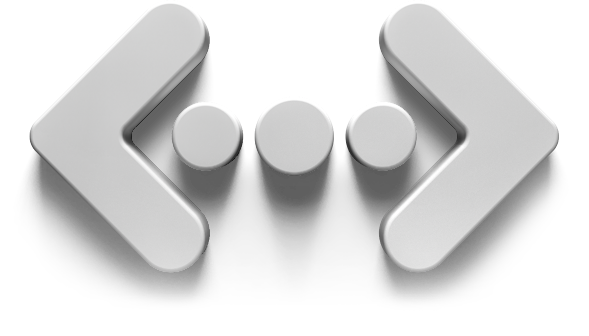Every company that needs software must make a build versus buy decision at some point. Some choices are easy—it makes little sense to build your own office software for word processing, spreadsheets, or presentations. But what if you need software to control specialized physical equipment?
Classic advantages of building your own software are:
-
Canned software is generally targeted to meet many needs for most problems. Custom software is better suited to meet specific and uncommon needs.
-
Canned software has a fixed set of features and it may be difficult to add or remove specific features, which may lead to software that contains unneeded features or is missing features that you do need. Custom software can be built to meet the specifications of a projects and include all the features that are needed and never any that aren’t.
-
The process of developing software builds in-house technical expertise. This expertise can be used to create competitive advantage through higher performance and faster reaction time in meeting the changing needs of the marketplace.
Classic advantages of using standardized software are:
-
Standardized software is generally less expensive than custom software because its cost can be spread across many customers and/or tools.
-
Standardized software can require less time depending on the degree of customization required.
-
Standardized software can be more reliable since it has been tested and used in many different applications.
-
Standardized software may provide more features than would otherwise be available.
Why Not Combine the Best of Both Options?

Buying a tool control framework can help you build your own tool control software and still get the benefits of using standardized software. The framework can take care of common problems while you focus on items unique to your specific tool. As a framework, features can be removed, replaced, or even modified as needed. You reduce your costs as well as your time-to-market by using a selection of reliable, field-proven features and including only those that are relevant and add value to your control system. You still retain and build your in-house technical expertise to create competitive advantages in controlling your equipment instead of treating tool control expertise as a commodity.
Using a tool control framework can be a smart way to improve your processes by using standardized software that is easy to customize. So why not consider it as an option for your next project?
If you are interested in downloading the data sheet on Cimetrix’ tool control framework software, CIMControlFramework, click here.♦




